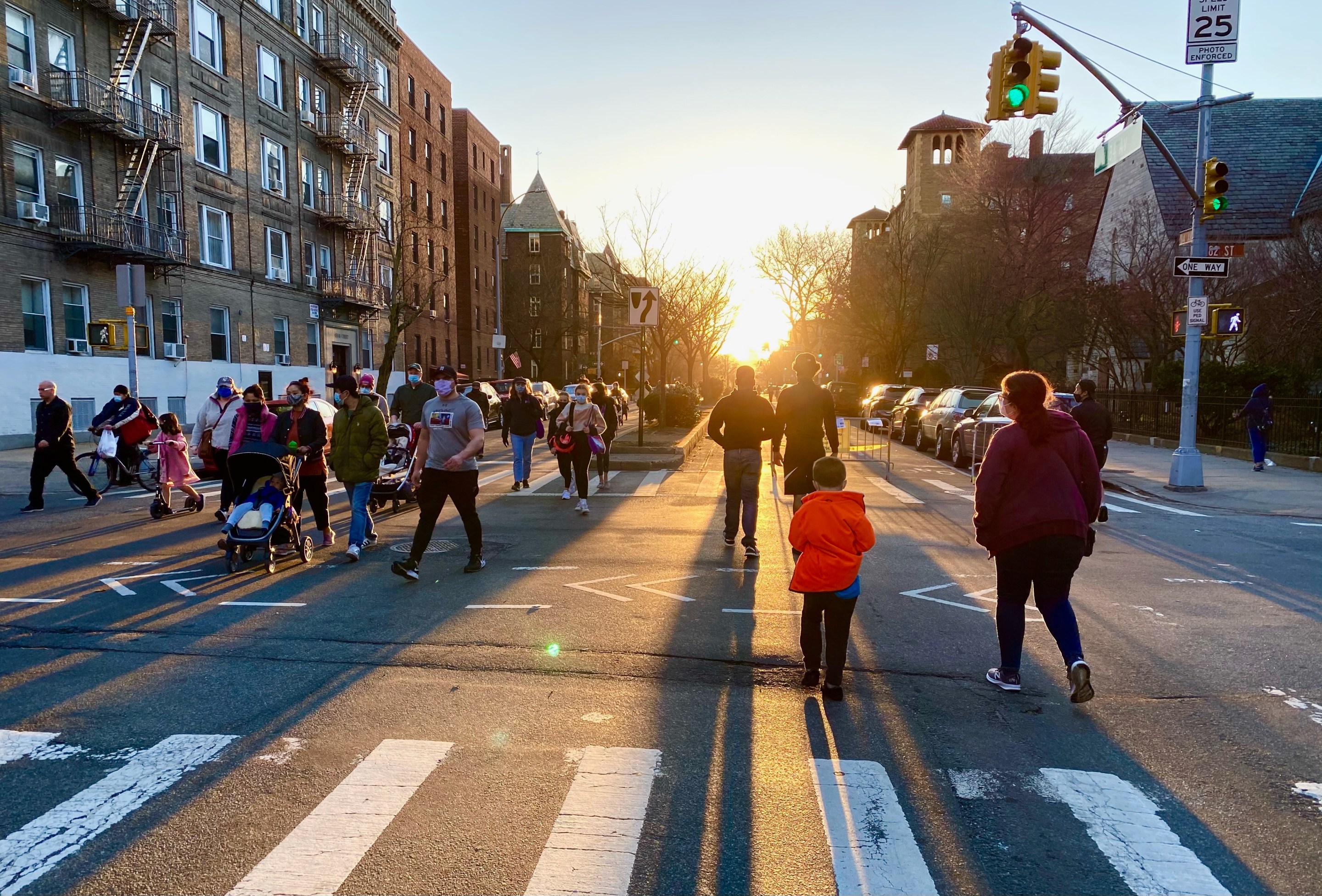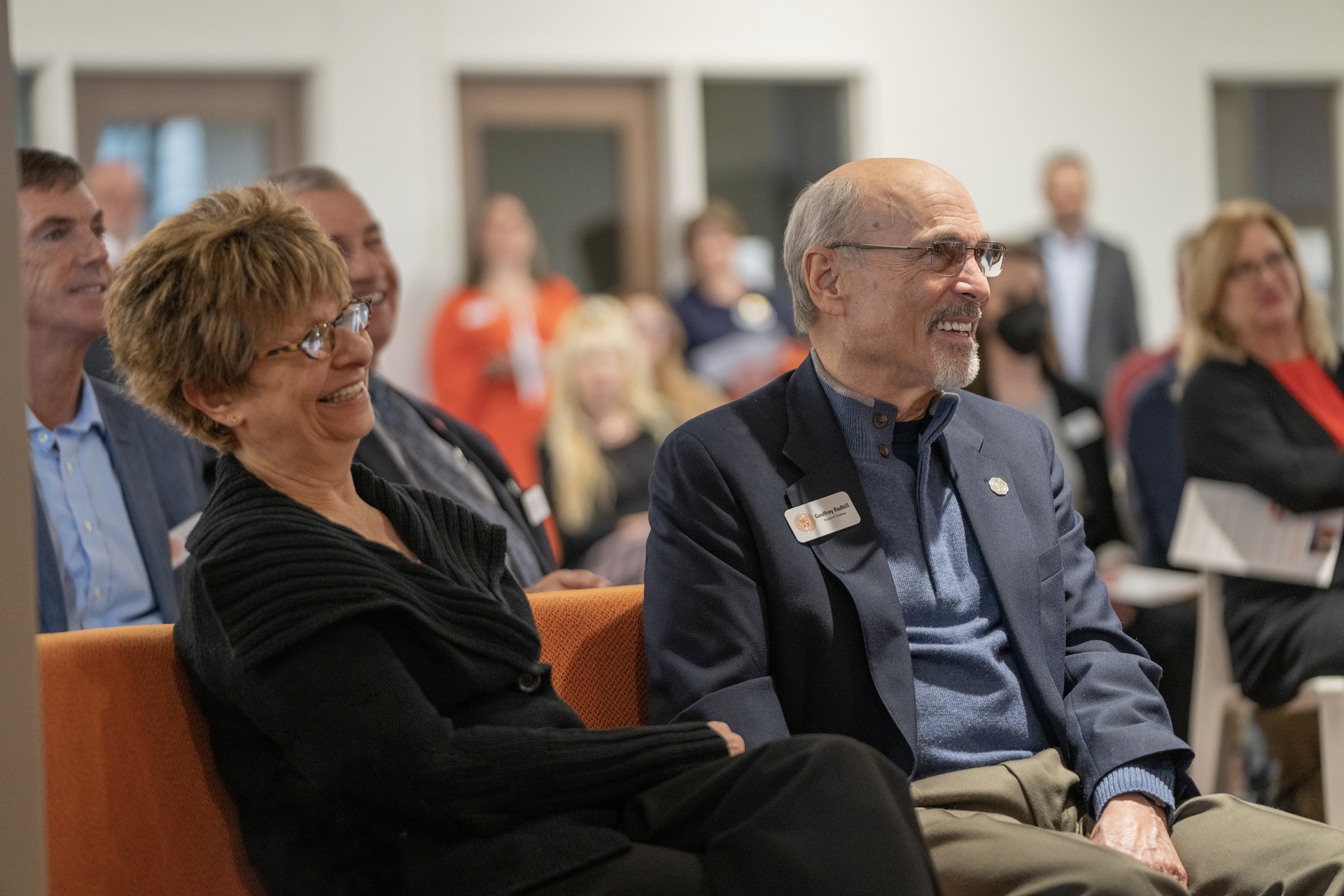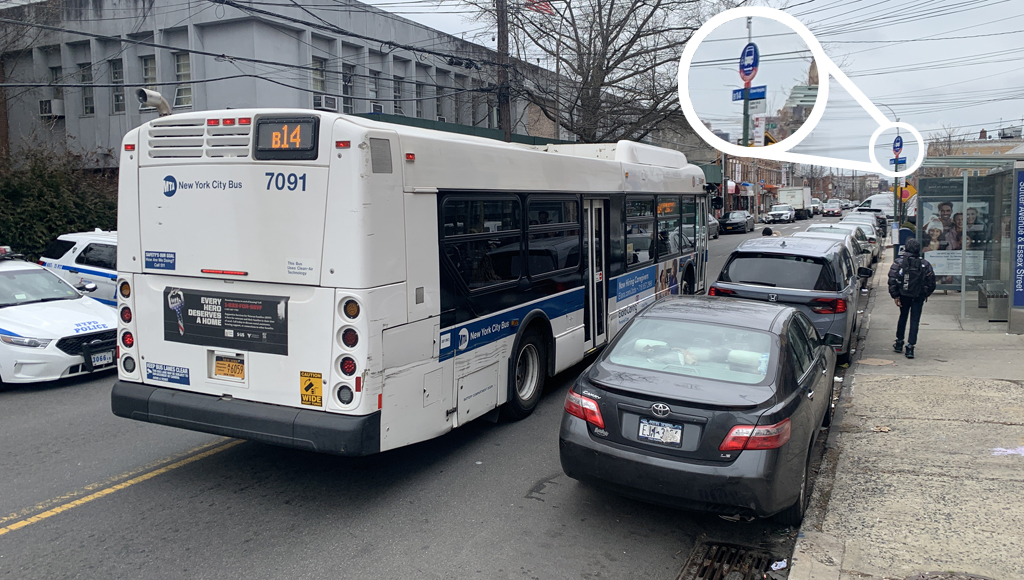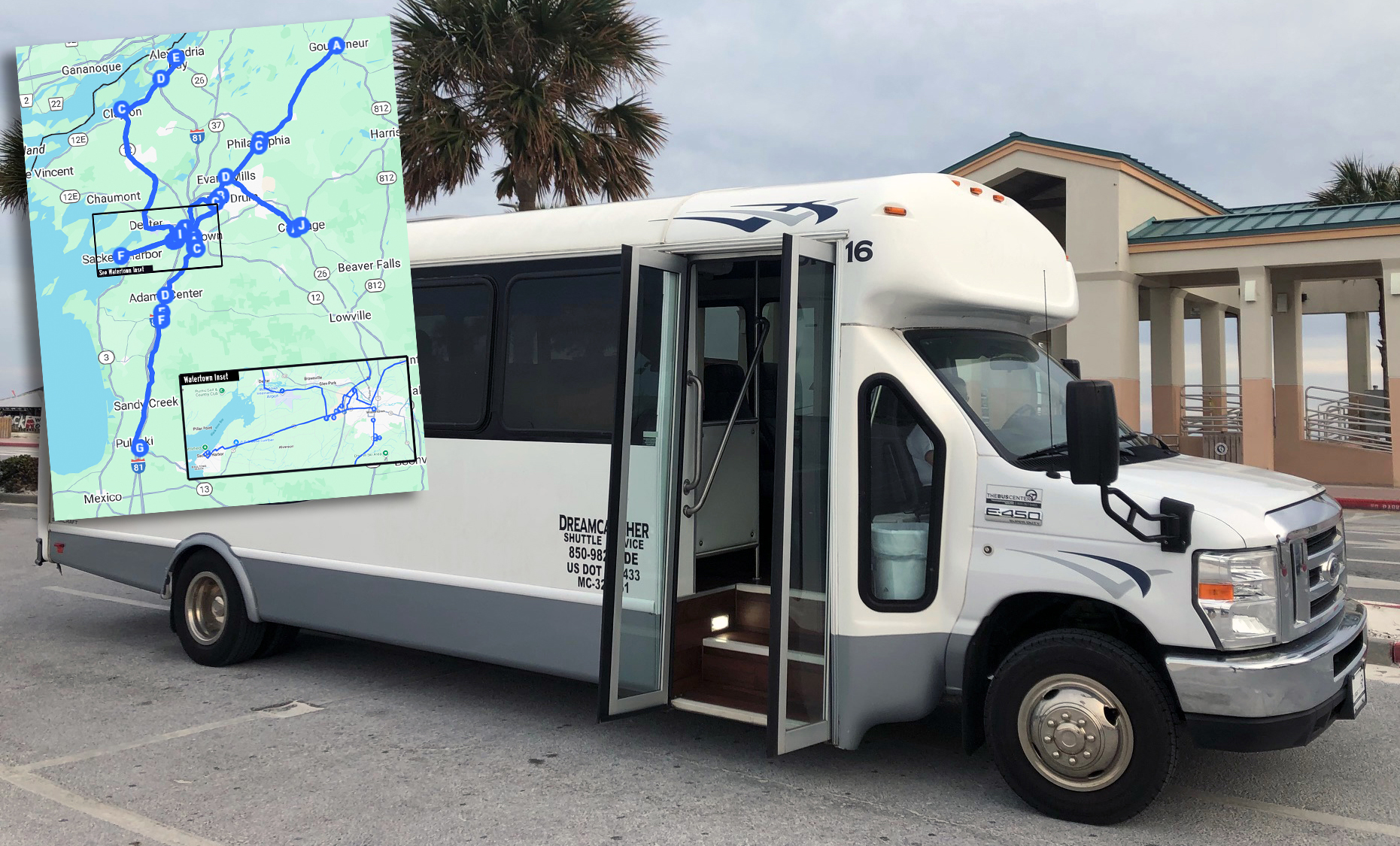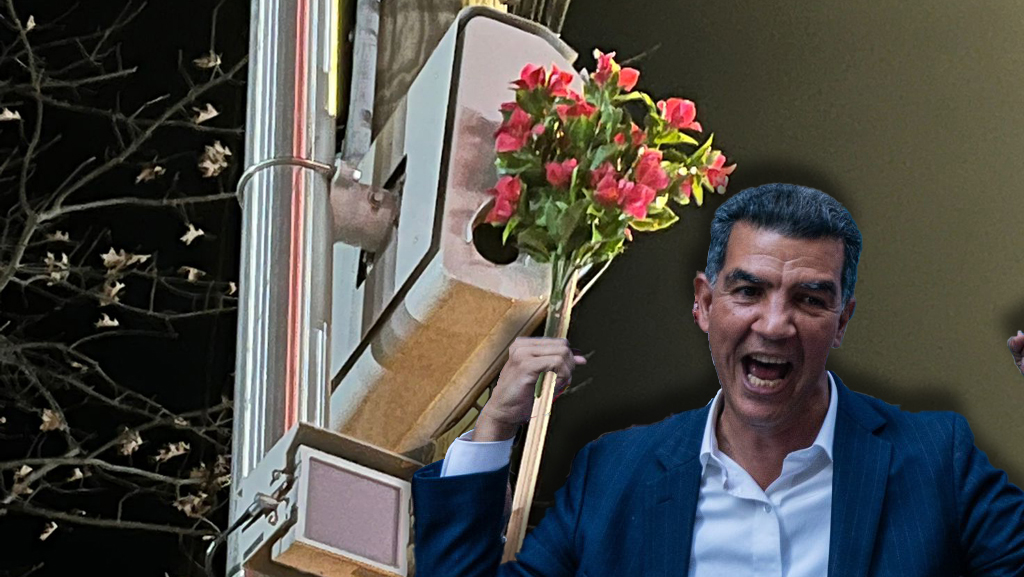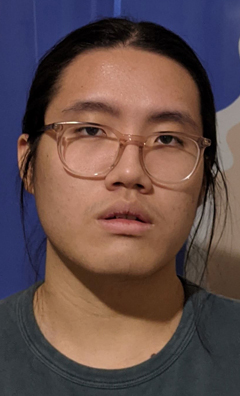
The 34th Avenue open street in Jackson Heights has brought much relief to the people of a neighborhood that has suffered immensely from COVID-19 and a lack of public open space. In its current iteration, thru traffic is restricted and only local traffic is allowed to access parking, meaning the community has been free to reclaim the roadbed for alternative forms of transportation and recreation.
Mayor de Blasio recently announced an updated open streets program, but the administration is offering little in the way of permanent road treatments, proposing only sturdier barricades and updated signage. These are incremental improvements that may be helpful in the short term, but are not sustainable in the long run.
On 34th Avenue, volunteers work hard to maintain the open street every day. The contributions they make to the community are invaluable, but it is unfair to continue relying on their unpaid labor. Ultimately, the final design of 34th Avenue from 69th Street to Junction Boulevard must be self-enforcing, so that neighborhood residents can take full advantage of the public space.
Not all community members are on board with the open street. Some critics claim the program has increased car traffic on adjacent avenues. But if this is, indeed, true, the solution would not be to close the open street and return dominance to vehicles. In terms of the amount of space it requires, car travel is the most inefficient form of transportation — and as the phenomenon of induced demand shows, creating more space for cars only makes traffic worse. Rather, the solution should be to encourage more space-efficient modes of transportation such as walking, cycling, and transit, which the open street is key in accomplishing.
The mayor's announcement last week came as a disappointment, given that it did not include any mention of the Department of Transportation's many workshops with Jackson Heights residents about what the neighborhood wants in a final design for a permanent open street. I and many of my neighbors are calling for a thoroughfare that prioritizes pedestrians and cyclists as much as possible. There are some blocks that have existing garages and parking lot entrances, so perhaps concessions will have to be made to accommodate those users, but whole stretches of the avenue are prime opportunities for implementation of full pedestrian plazas from sidewalk to sidewalk, complete with seating, bicycle racks, planters, vegetation, water fountains, and other amenities.
This could be most useful in front of P.S. 398, I.S. 230, I.S. 145, and P.S. 149 where the space could be used for outdoor school activity (and also for ensuring that school kids can walk to school safe in the knowledge that they will not be run over by a car driver rushing to get through a light). The roadway adjacent to Travers Park could be treated as an extension of the park, similar to 78th Street between 34th Avenue and Northern Boulevard.
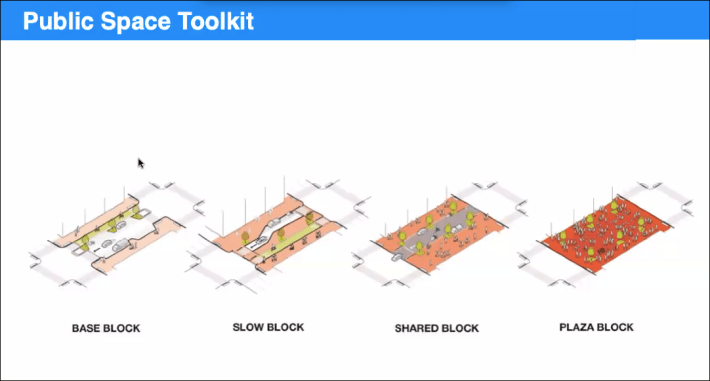
Treatments across the open street’s entire length could include distinctive lighting, raised intersections, grade-separated bike lanes, loading zones on side streets, bollards that can be lowered to accommodate emergency services, and conversion of traffic lights to stop signs wherever possible. An idea that seems fairly popular is the implementation of “gateways” at both the 69th Street and Junction Boulevard ends, fashioned with planters or in some other manner, to clearly indicate the thoroughfare as one for pedestrians and cyclists.
Perhaps not all of these ideas are fully possible. But my hope is that the final design of the 34th Avenue open street will empower the people of this great neighborhood to continue using this public space to meet with friends, go running, attend an outdoor Zumba class, bike, play Bingo, make chalk art, and for all the other fantastic ways residents have been enjoying the outdoors.
The mayor's announcement last week fell short of this long-term vision. Jackson Heights and neighborhoods across the five boroughs deserve truly open streets that befit a city as great as ours.
Henry Mei is an Urban Studies student with a love for all things city life. He advocates for pedestrians, cyclists, and straphangers so New York can be its most livable.
